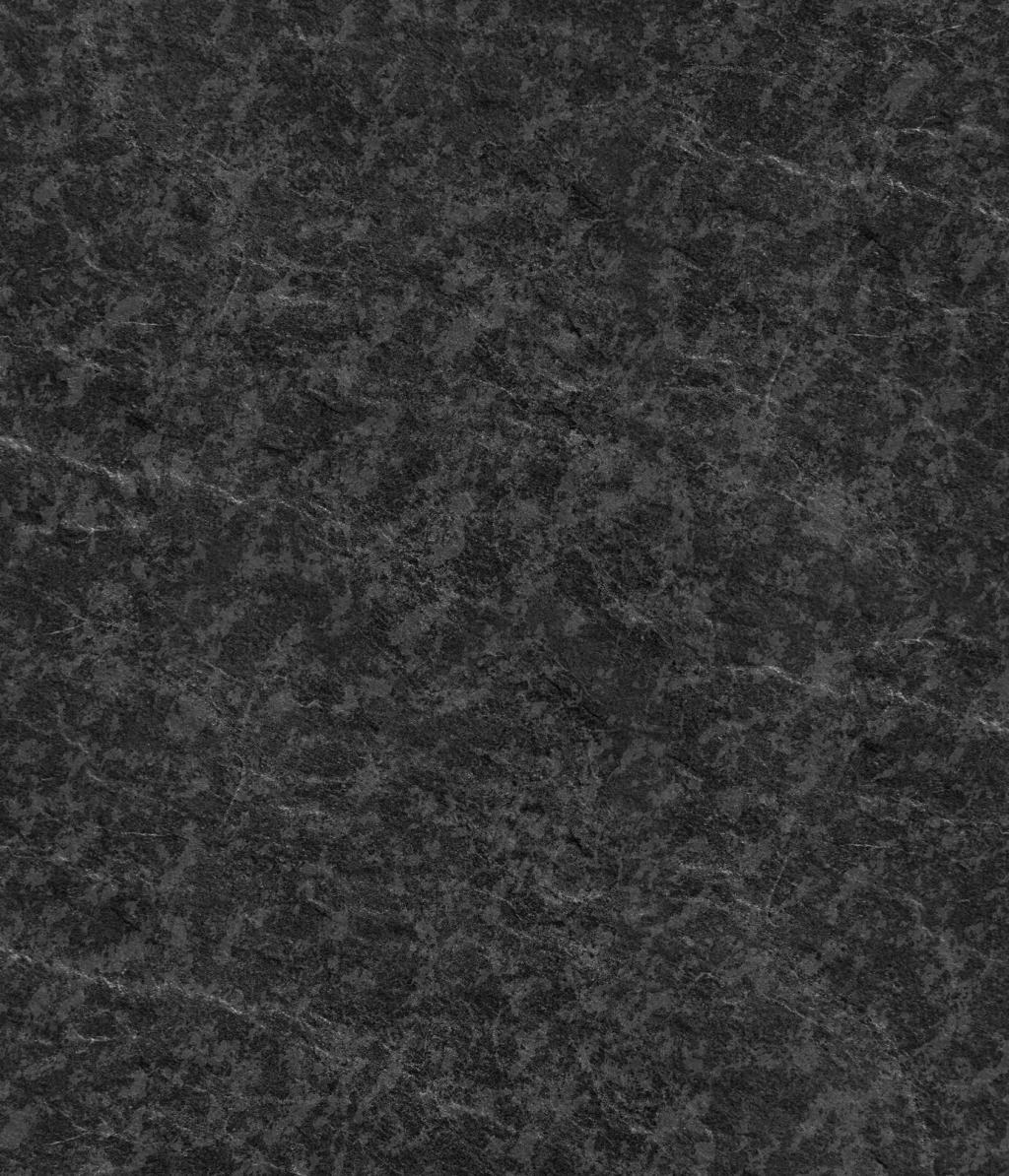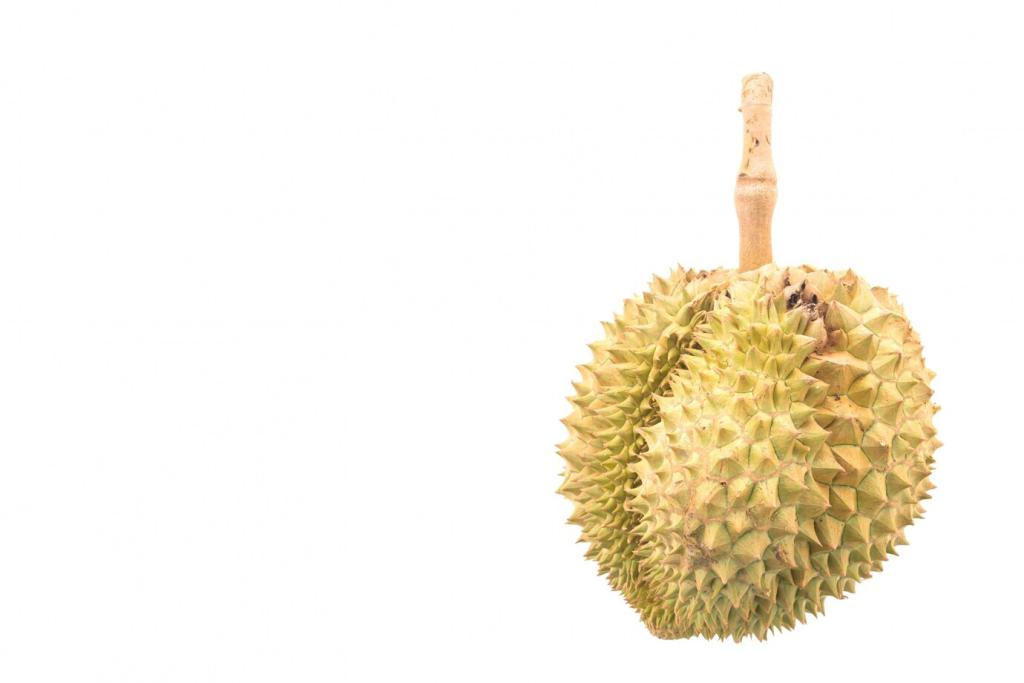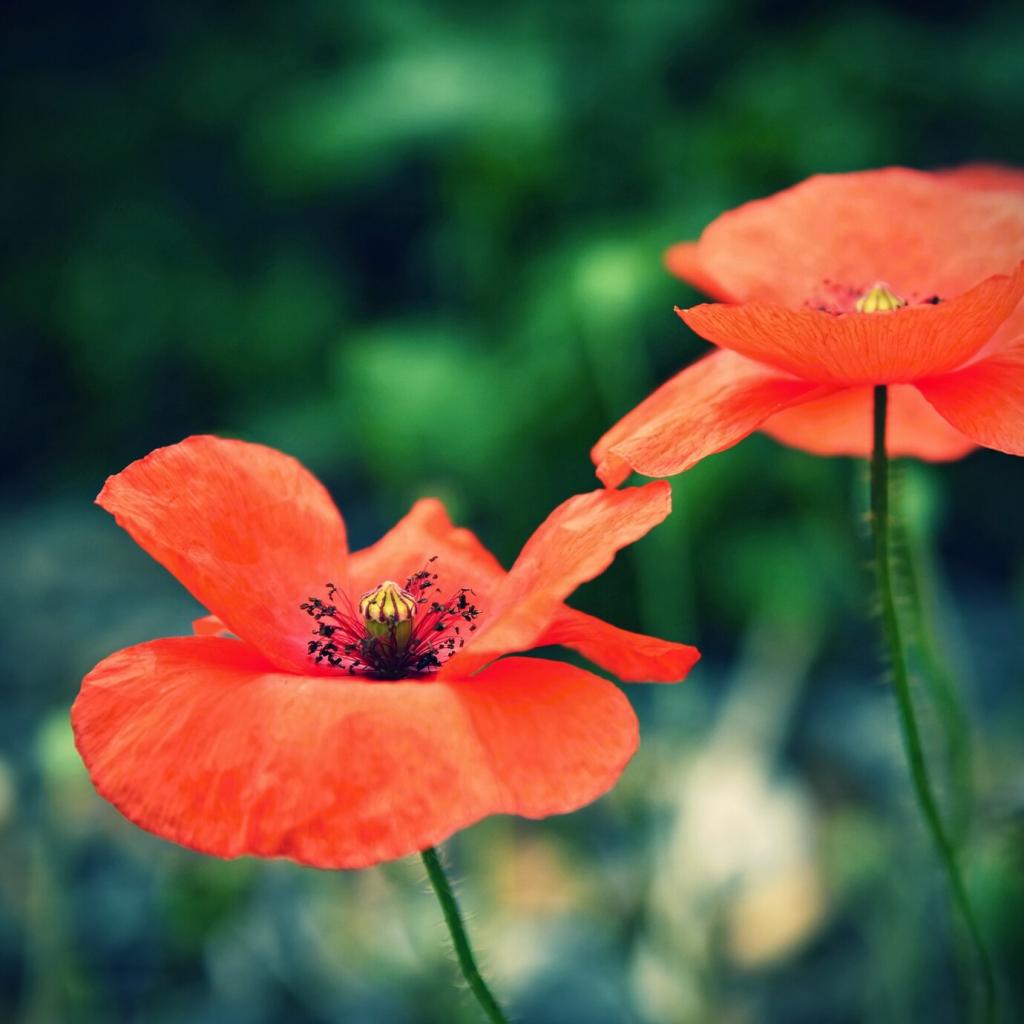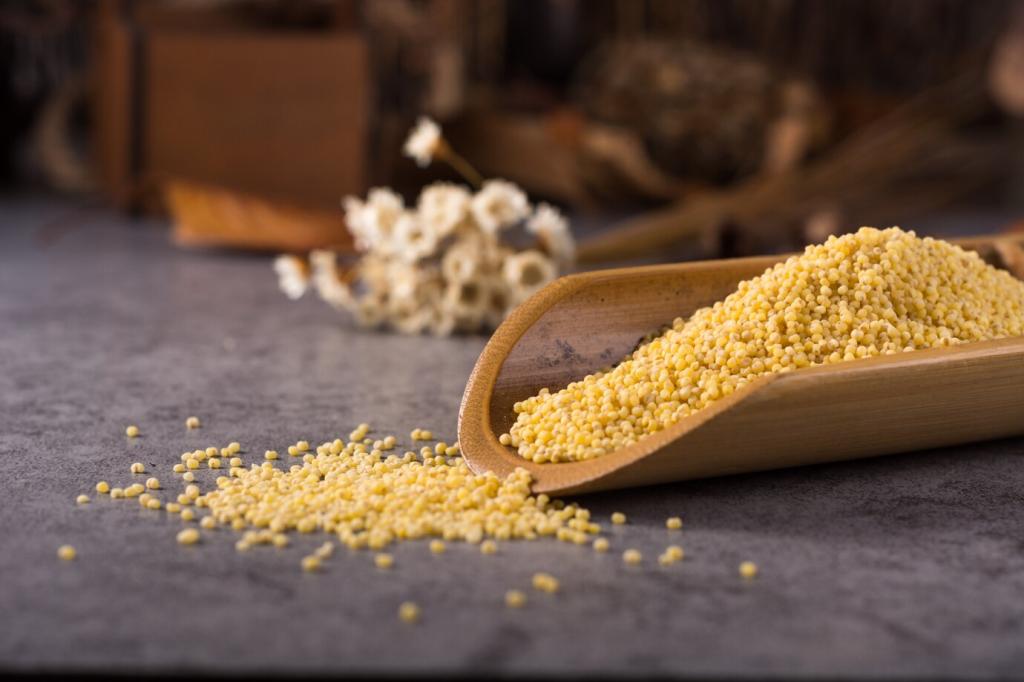Macro Photography: Focusing on Nature’s Details
Chosen theme: Macro Photography: Focusing on Nature’s Details. Step closer than ever to dew-bright spiderwebs, crystalline pollen, and the quiet geometry of seeds, while we share techniques, stories, and inspiration to reveal the astonishing small worlds hiding in plain sight.
Seeing the Unseen: A New Way to Look at Nature
Finding Subjects in Familiar Spaces
Start by exploring your backyard, balcony planters, or local park. Look for tiny contrasts: a pale lichen on dark bark, a glinting droplet on grass. The best macro stories often appear where you stand, if you slow down and truly look.
Dawn’s Delicate Gift: Dew and Calm Air
Early mornings offer calm winds and glittering dew that add sparkle and softness to your subjects. The low sun paints gentle highlights, while cooler temperatures make insects slower and more approachable for careful, respectful close-up portraits.
Cultivating Patient Curiosity
Instead of chasing every possible subject, linger with one scene. Watch how light crawls over a leaf’s veins or how a beetle pauses before turning. Patience reveals patterns, rhythms, and moments your camera alone cannot anticipate.
Optics and Magnification: Tools That Bring You Closer
A dedicated macro lens with a 1:1 reproduction ratio is a versatile starting point. Longer focal lengths increase working distance for skittish insects, while shorter ones invite intimate encounters with textures, bark patterns, and tiny moss forests.

Mastering Light: Natural Glow and Controlled Flash
Harsh light creates distracting sheen on wings and leaves. A simple diffuser—homemade or dedicated—softens highlights and fills micro-shadows. This gentle wrap of light helps reveal subtle vein networks and delicate hairs without blowing highlights.
Focus, Stability, and Stacking
Tripods, Beanbags, and Body Mechanics
A compact tripod or beanbag steadies your camera in grass or leaf litter. Brace your elbows, slow your breathing, and time the shutter between heartbeats. Stability transforms marginal frames into reliable keepers, especially at high magnification.
Manual Focus and Focus Peaking
Switch to manual focus and rock gently forward and back to lock sharpness on the most critical details, like an insect’s nearest eye. Use focus peaking or magnified live view to refine edges and eliminate guesswork in challenging scenes.
Focus Stacking for Extended Depth
When a single frame cannot hold the whole subject sharp, capture a series with tiny focus increments. Software like Helicon Focus or Zerene Stacker blends them, preserving micro-contrast while avoiding halos. Share your stacking tips in the comments.

Approach Slowly, Disturb Nothing
Avoid moving branches, cooling insects, or trimming leaves for convenience. Wait for subjects to settle naturally. A patient, non-invasive approach produces more authentic behavior and photographs you can feel good about sharing and celebrating.

Weather, Safety, and Personal Comfort
Wear long sleeves, carry water, and protect your knees in damp ground. Watch for stinging plants or hidden nests. Comfort and awareness help you stay present, make steadier compositions, and respond kindly if wildlife needs space.
Composition and Color: Storytelling at Small Scale
Shift your perspective to simplify cluttered backgrounds—sometimes a small step changes everything. Use negative space to let detail breathe, and align diagonals or curves so the viewer’s attention settles exactly where your story begins.
Wide apertures create creamy backgrounds that cradle delicate subjects. Look for complementary textures, like smooth moss behind a spiky seed pod. Harmonizing texture and blur adds depth while keeping the subject’s crisp edges proudly in the spotlight.
Balance vivid hues with soft complements: a scarlet mite on cool slate, a golden stamen against dusky violet. Use color to cue emotion—bold for energy, muted for quiet—and invite readers to share their favorite palettes in the comments.
Editing and Workflow: From Field Notes to Final Image
Choose frames that balance detail, gesture, and background calm. Reject nearly duplicates and prioritize moments with character: a turning antenna, a droplet mid-tremble. Curated selections keep your story strong and your audience engaged.
Editing and Workflow: From Field Notes to Final Image
Use gentle global adjustments before subtle local edits. Boost micro-contrast to reveal fine textures, correct color casts, and remove dust spots carefully. Preserve the natural look so viewers feel they could step into that little world themselves.


